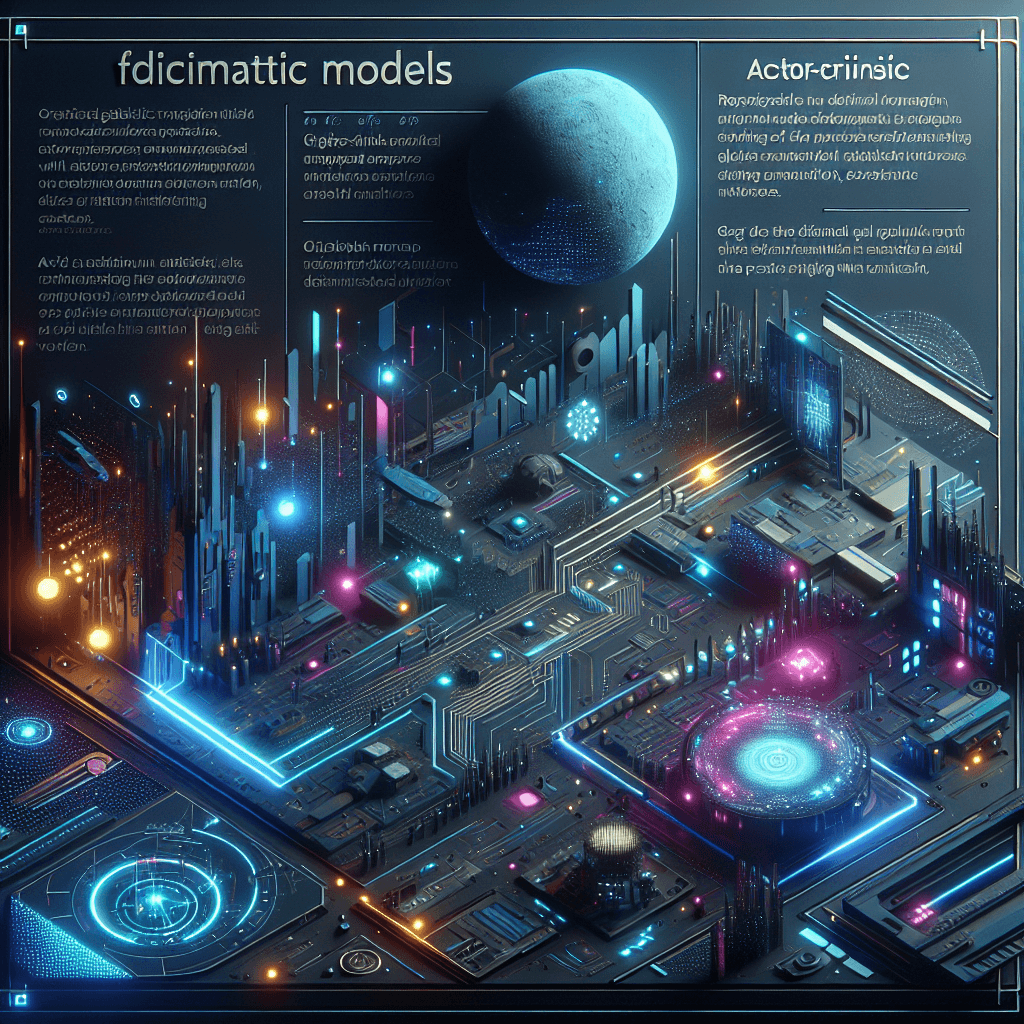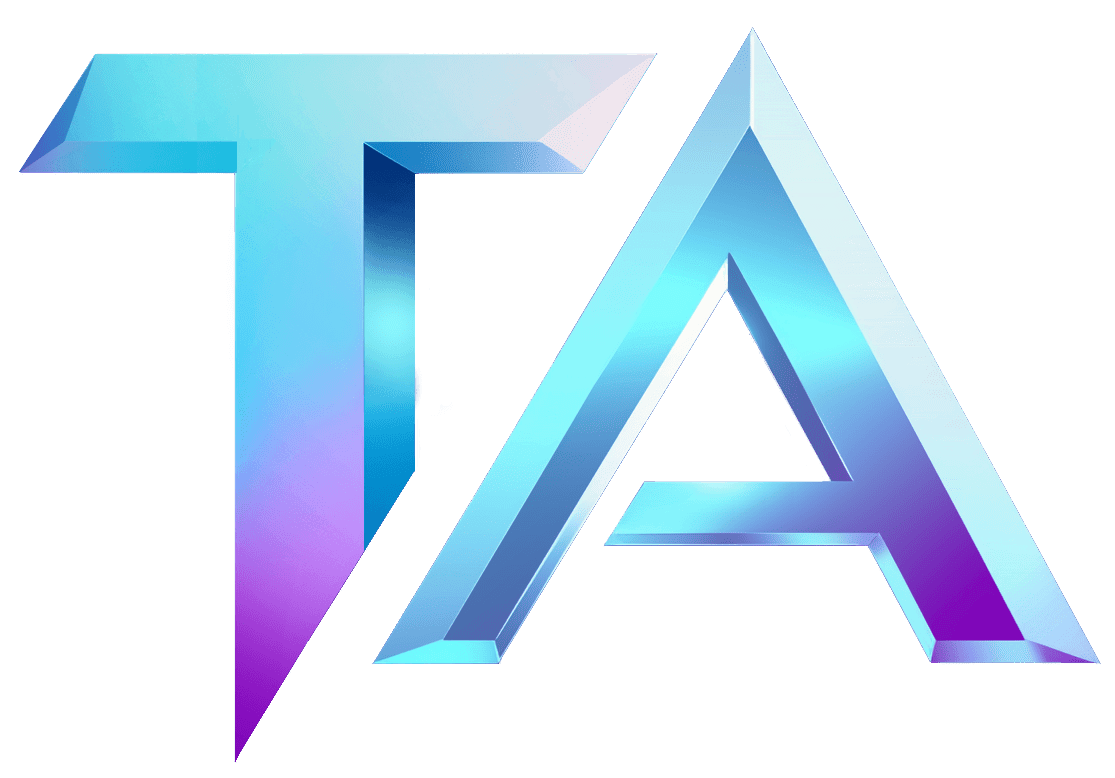Enhancing Star Atlas with Actor-Critic Models

Enhancing Star Atlas with Actor-Critic Models
In the ever-evolving universe of Star Atlas, where players engage in thrilling space exploration and strategic gameplay, the integration of advanced machine learning techniques can take the experience to new heights. One promising approach is the implementation of Actor-Critic models, a powerful type of reinforcement learning architecture that can optimize decision-making processes within the game.
What are Actor-Critic Models?
Actor-Critic models combine two crucial components in reinforcement learning: the Actor, which decides what action to take in a given state, and the Critic, which evaluates the action taken by the Actor by estimating future rewards. This dual approach allows for a more nuanced and effective learning process as it continuously improves the policy (the Actor) while also refining the value function (the Critic).
-
The Actor: Think of the Actor as the player making decisions based on the current game state. It proposes actions that lead to potential rewards.
-
The Critic: The Critic assesses the quality of the actions taken by the Actor. It evaluates whether the action led to a desirable outcome and uses this feedback to guide future decisions.
This synergy enables a more adaptive and intelligent gameplay experience, making it a fitting enhancement for Star Atlas.
Applications in Star Atlas
-
Strategic Combat: In Star Atlas, players must engage in battles strategically. By leveraging Actor-Critic models, players can develop smarter strategies based on real-time evaluations of previous actions and outcomes. The Critic can continually assess a player’s performance in combat scenarios, helping to learn optimal tactics faster.
-
Resource Management: Star Atlas features an intricate economy where players manage resources to expand their ships and maintain colonies. By implementing Actor-Critic models, the decisions regarding resource allocation can be optimized. The system can evaluate investments based on predicted returns, guiding players to make wise choices that enhance their strategic positions.
-
Exploration: Navigating uncharted territories can be challenging. With an Actor-Critic framework, the system can learn the best pathways and strategies for exploration, dynamically adapting to new information about the game world. This results in more efficient exploration strategies that help players discover valuable resources and territories.
-
Dynamic NPC Interactions: Non-Player Characters (NPCs) play a critical role in Star Atlas. Integrating Actor-Critic models can enhance their behavior, making them more responsive and adaptive to player actions. This can lead to richer interactions and a more immersive gameplay experience.
Why Use Actor-Critic Models?
The primary advantage of Actor-Critic models lies in their efficiency and adaptability. Traditional reinforcement learning might struggle with complex environments due to a lack of continuous feedback. However, the architecture of Actor-Critic models enables them to learn more effectively in real-time, making them ideal for a dynamic game like Star Atlas.
Final Thoughts
As Star Atlas continues to grow and evolve, the integration of advanced machine learning techniques like Actor-Critic models holds immense potential for enhancing gameplay experiences. By optimizing combat strategies, resource management, exploration, and NPC interactions, players can enjoy a more engaging and intelligent game environment.
If you’re interested in exploring how Titan Analytics can help you leverage Star Atlas data for better decision-making, visit our data modules at Titan Analytics Star Atlas Modules or reach out to us directly at Titan Analytics Contact. Together, let’s navigate the cosmos of Star Atlas!




